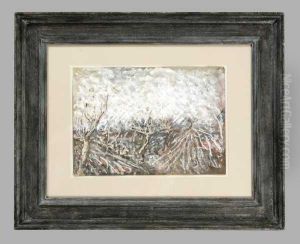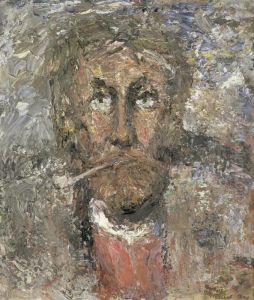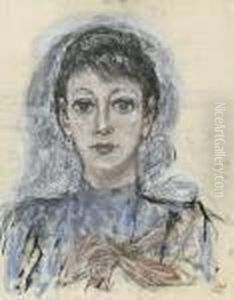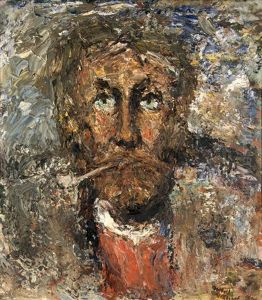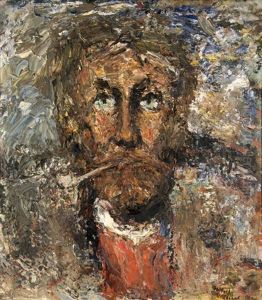Bartold Asendorpf Paintings
Bartold Asendorpf was a German artist known for his portraits, genre scenes, and illustrations. Born on January 4, 1888, in Stettin, which was then part of the German Empire and is now Szczecin, Poland, Asendorpf showed an early talent for art. He pursued his passion by studying at various art academies, including the Berlin Academy of Fine Arts where he was influenced by the prevailing styles of the time, such as Impressionism and later Expressionism.
His work was characterized by a strong sense of realism, and he often depicted everyday life with a keen eye for detail and a touch of humor. Asendorpf was also recognized for his technical skill, particularly in the use of color and composition. During the 1920s and 1930s, his illustrations appeared in several popular magazines, which helped to establish him as a successful commercial artist.
The rise of the Nazi regime in Germany had a profound impact on Asendorpf's career, as it did for many artists of the time. The Nazis promoted a very specific type of art, which they termed 'degenerate art,' and many artists found themselves sidelined or even persecuted if their work did not conform to the ideological standards of the regime.
Despite the challenges of the time, Asendorpf continued to work and create art throughout World War II. However, the war took a toll on him, both personally and professionally. After the war ended, he struggled to regain his footing in the changed artistic landscape of post-war Germany.
Bartold Asendorpf passed away on October 1, 1946, in Berlin. Although not as well-known today as some of his contemporaries, his work provides an insightful look into the culture and society of early 20th-century Germany. His legacy remains in the form of his contributions to German art, particularly through his portraits and illustrations that capture the spirit of his time.
